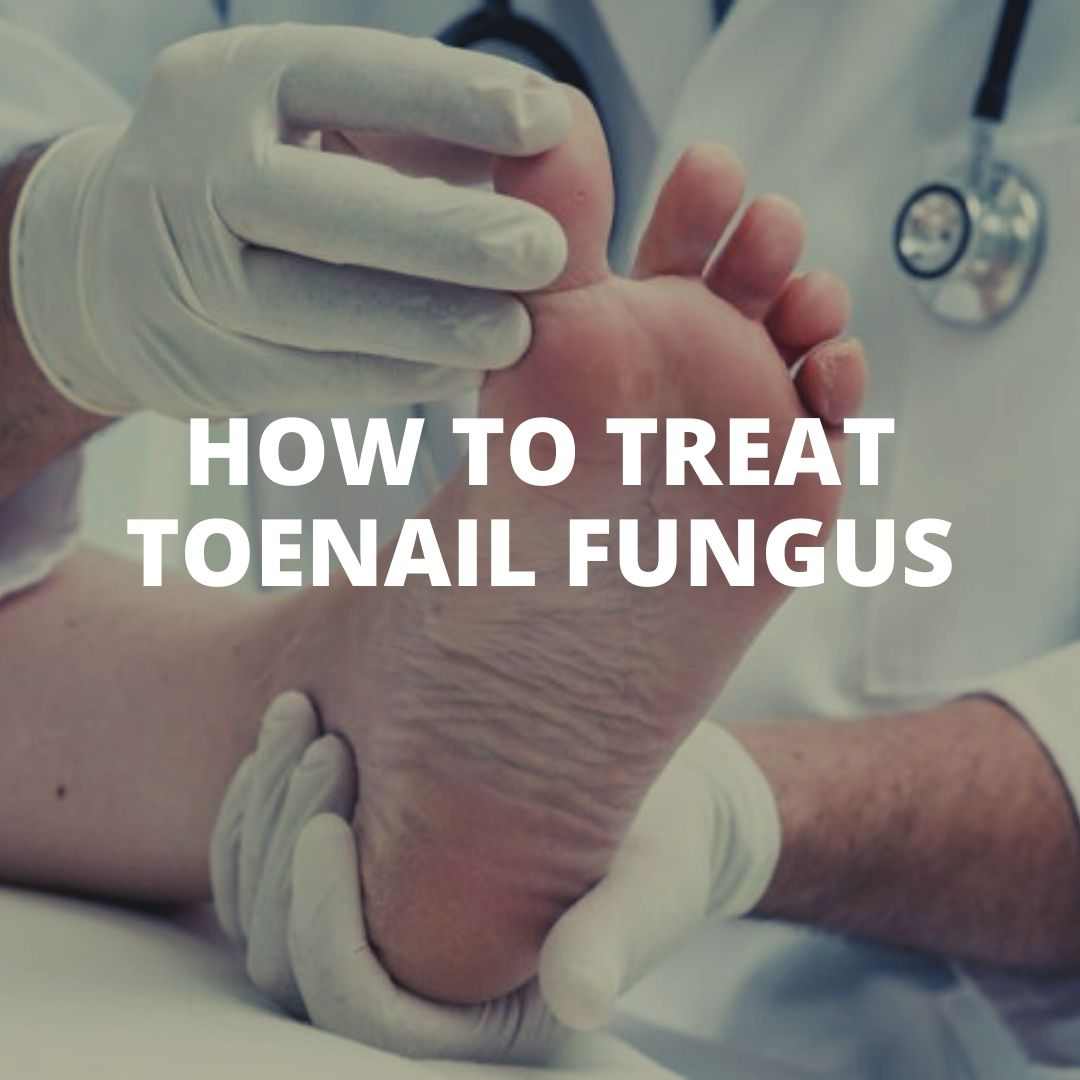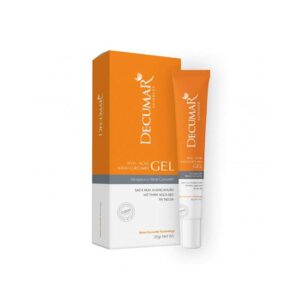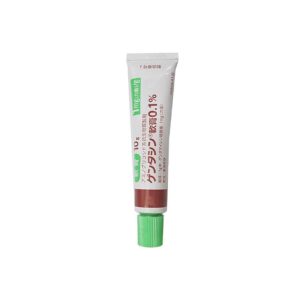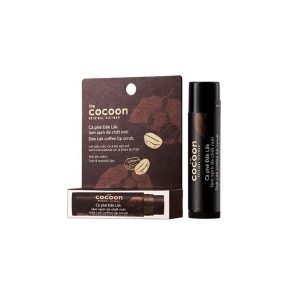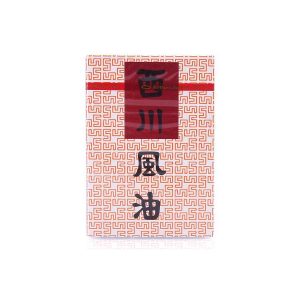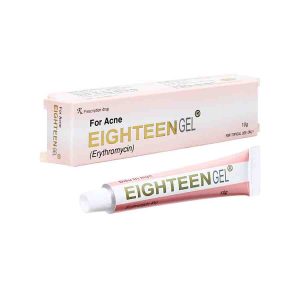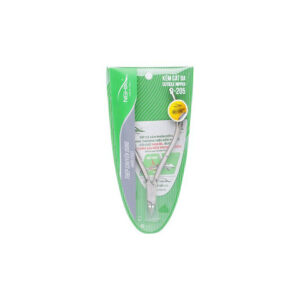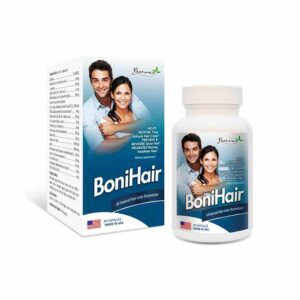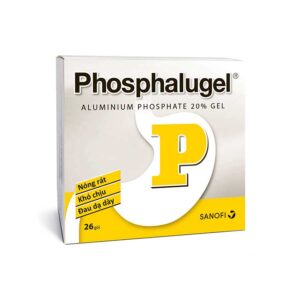The fungus on the nails is difficult to miss, but not so easy to remove. We will tell you how to do it correctly.
Fungi that affect the nails and skin are one of the most common infections. Studies show that from 3 to 12% of the world’s population suffer from fungal diseases to one degree or another. The elderly get sick more often than the young. People with weakened immune systems are especially susceptible to infection.
Few people know that toenails can suffer due to the fact that yeast-like fungi are overly activated in our body.
“Onychomycosis is the name given to a condition in which fungus attacks the nails”
“It has been proven that it can be caused by dermatophytes, yeast-like fungi of the genus Candida, and molds.” – says Josh Ax, PhD, naturopath, sports and clinical nutritionist, and head of the Center for Functional Medicine.
There are four types of onychomycosis:
- Distal subungual onychomycosis is the most common type of disease (58-85% of all cases). With it, the nail crumbles and may discolor, and the skin under the nail plate is severely flaky (hyperkeratosis).
- Proximal subungual onychomycosis – the nail plate turns white near the cuticle. A type of illness that is most common among people with depressed immune systems, such as those undergoing chemotherapy.
- White superficial onychomycosis. White spots are formed on the surface of the nail – large or in the form of small dots. The nail may be crumbling.
- Candidal onychomycosis – the nail plate is separated from the nail bed.
Here are some more common signs that your toenails are affected by fungus.
- Have become soft, brittle, or thicker and reshaped.
- Changed color – they have acquired a yellowish, brownish tint or discolored on the sides. Most often, the fungus affects the big toe.
- The area around the nails is painful
Signs of a fungal infection can develop gradually and last for years.
Causes of toenail fungus
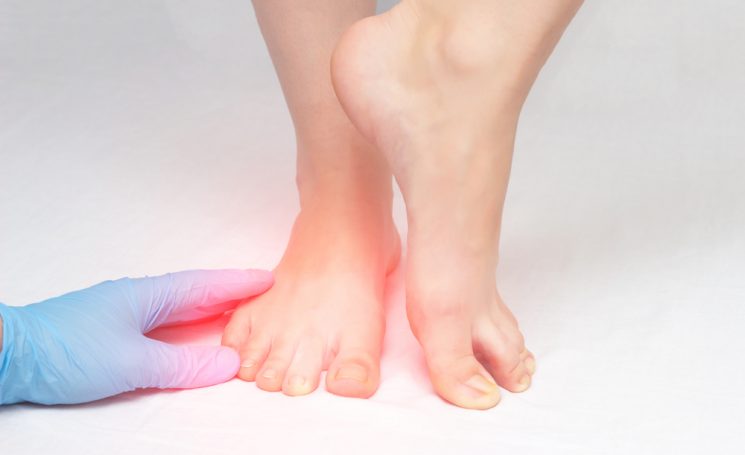
Fungal diseases are essentially an imbalance between the good and bad bacteria in the body. When you don’t have enough good bacteria living in your gut, the bad bacteria grows – yeast and fungi. Symptoms of the disease can also appear on the nails and skin. In addition to problems with the digestive system, there are other risk factors for infection.
- Fungus on the nails can develop due to damage to the nail bed, in skin conditions such as psoriasis.
- Wearing dirty or tight shoes.
- Circulatory problems in the legs due to diseases such as diabetes and varicose veins.
- Weakened immune system
- Genetic predisposition.
You can pick up the fungus by contact with an infected surface, as well as tools, in the pool, sauna, gym, nail salon.
How to get rid of nail fungus
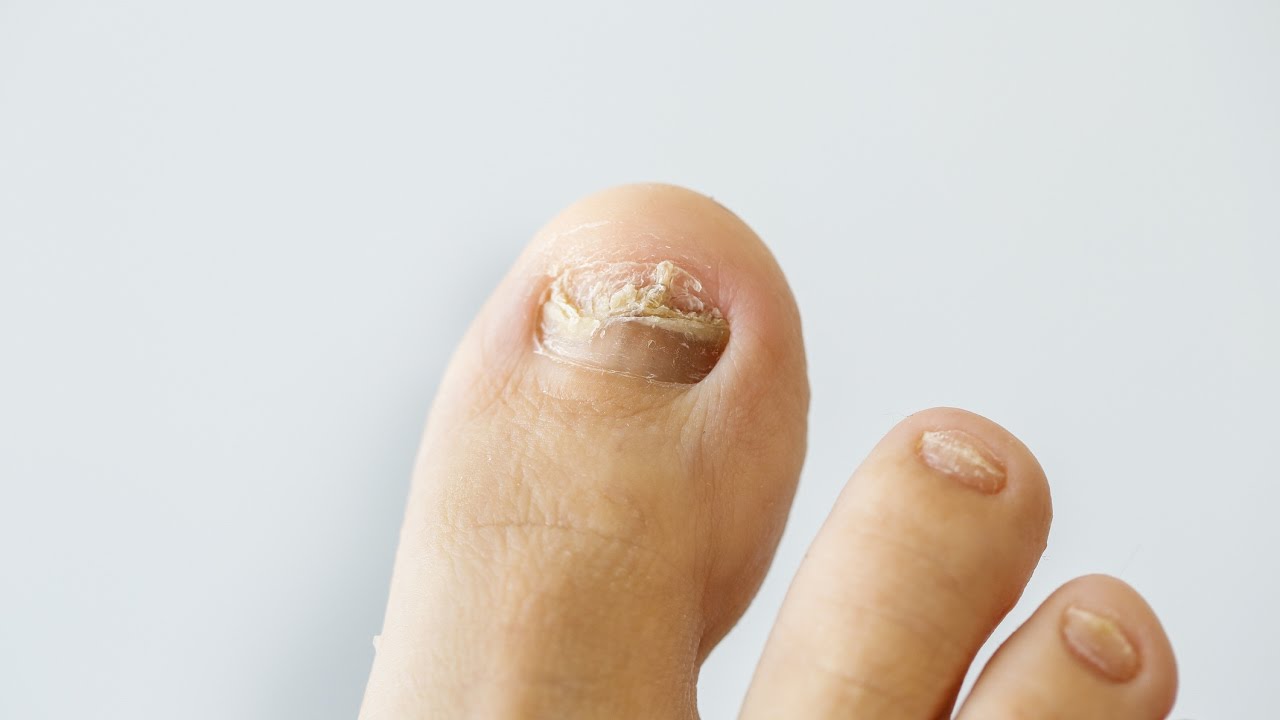
Most people go to a dermatologist for toenail problems. Some use topical treatments and medications against the fungus, but these often do not work in the long term, and sometimes, studies have shown, can be completely useless.
Oral medications fight nail fungus much more effectively, but studies have shown that they do not always solve the problem. In addition, such funds have many side effects, and they need to be used for a long time for the result. But the main disadvantage of such therapy is different: it does not eliminate the cause of the formation of the fungus in the body. Therefore, sooner or later, he will start bothering you again. “Through dietary adjustments, nutritional supplements and aromatherapy, you can get rid of the disease by addressing its root cause, even if you have been battling it for years,” says Josh Ax. “I’ll tell you how to get rid of toenail fungus quickly and permanently.”
Before you start treating the fungus, be sure to tell your doctor about your plans.
Step 1. Eliminate the source of yeast and fungus formation
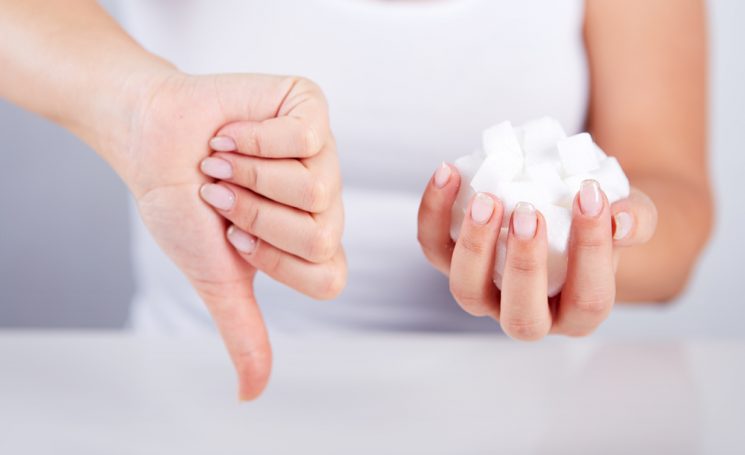
Experts advise switching to a special diet. “Eliminate what feeds yeast and candida living in your digestive tract,” advises Josh Ax. – First of all, these are sugar (including cane and coconut, honey, maple syrup) and ordinary grain products. The grains eventually break down into sugar molecules, which you know feed the candida, yeast, and bad bacteria. Even whole grains (oats, brown rice, quinoa) can make the problem worse. But, first of all, it is necessary to limit the consumption of refined grain, which is used in bakery products and baked goods. It creates an acidic environment that stimulates the growth of yeast, candida. Many people choose antifungal creams or medications, but they only treat symptoms, without changing the environment that allows candida to thrive. That is why it is necessary to eliminate the main cause, which is most likely associated with the human dietary habits (and, possibly, with the lifestyle in general). This will help restore the body’s pH balance, boost immune defenses, and increase the presence of beneficial bacteria in your gut. ”
Step 2. Restore a healthy microflora
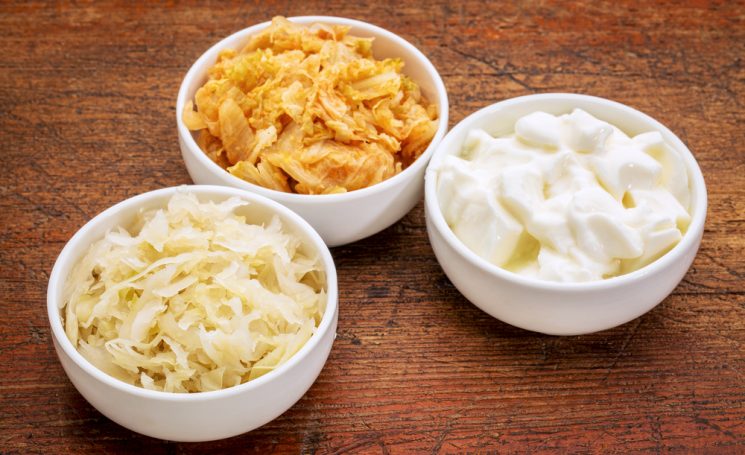
Once you’ve stopped feeding your mushrooms the perfect food, you need to stimulate the growth of beneficial bacteria. This can be done by adding a variety of fermented foods to your diet, such as sauerkraut, kimchi. “Your daily menu should include a serving of fermented vegetables along with other probiotic foods such as fermented milk or kombucha,” says our expert. – Natural yogurt and kefir, for example, enhance immune function and restore intestinal health. It is also advisable to take a quality probiotic supplement to speed up the microbiome repair process.”
Step 3: Get More Protein, and Healthy Fats
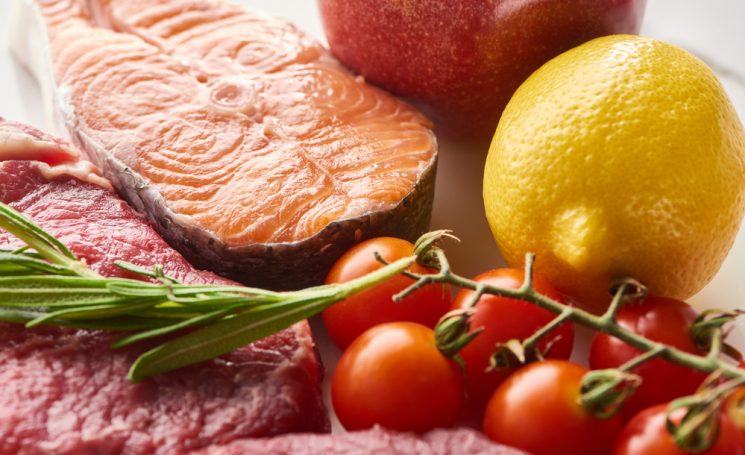
Start incorporating more high-fiber foods into your diet. Due to its structure and the characteristics of our body, plant fibers pass through the digestive tract without being processed by enzymes and acids in the stomach. Fiber leaves the body, taking with it toxins, fats and cholesterol particles that can accumulate in the intestines. “I also recommend increasing the amount of protein-rich foods in your diet,” says Josh Ax. – Give preference to grass fed animals, organic poultry and eggs, and wild fish. This way, your body will receive a sufficient amount of protein and a minimum of toxins. Your intestines also need a lot of healthy fats. I advise you to include coconut oil in your diet. It contains caprylic and lauric acids, which have powerful antibacterial and antimicrobial effects.”
Your menu should also include:
- Ground flax and chia seeds. They are anti-fungal and contain healthy fats.
- Garlic, Turmeric, and Cinnamon. Effective against bacterial infections and viruses. Heals the intestines.
- Natural cranberry juice without sugar. Creates an uncomfortable environment for yeast.
Eliminate or minimize:
- Alcohol. Promotes yeast growth. Many alcoholic drinks are also high in sugar.
- Foods that are causing you symptoms of food intolerance. It can be eggs, some nuts, milk.
- Fruits and fruit juices. While fruits are generally healthy, they are high in sugar and can make your condition worse. Reduce the amount in your diet. Fruit juice does not contain fiber and therefore causes spikes in blood sugar, which can lead to inflammation and weaken the immune system.
A diet high in protein and healthy fats, a sufficient amount of fiber and a minimum of sugar and other fast carbohydrates is a prerequisite for getting rid of excess candida in the body, and therefore, signs of toenail fungus.
“Following a meal plan like this for several months may be enough to get rid of the problem,” says the expert. – Then you can gradually reintroduce some sources of sugar and carbohydrates, such as fruits or whole grains, into your diet. At the same time, carefully observe the reaction of the body. And keep in mind, if you have been suffering from a fungal infection for several years, the fight against it can take a long time – six months or more. As for sugar, refined carbohydrates and alcohol, their amount in the diet should be kept under control at all times and by everyone. ”
Step 4. Use dietary supplements and essential oils
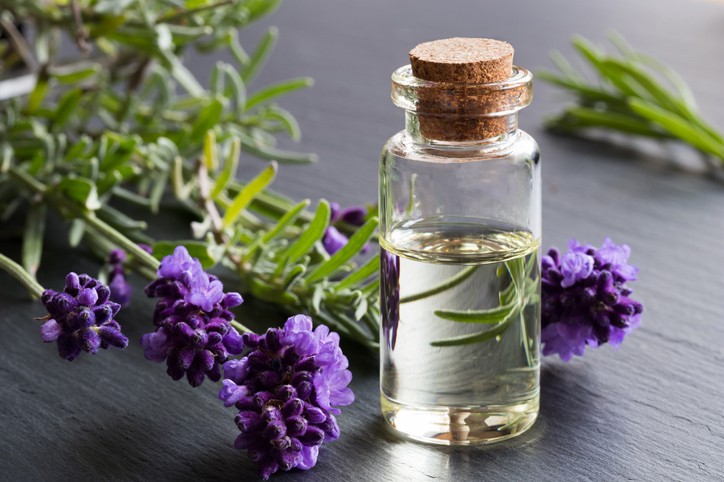
The last step in fighting fungal and yeast infections can be taking quality probiotic supplements. Such a product must contain at least 10+ strains and at least 15 billion CFU.
Olive leaf extract has proven itself well. They have powerful anti-microbial effects that can help fight yeast in your body. There are other good enzyme supplements like cellulose and hemicellulose.
“Essential oils are also an effective natural treatment for toenail fungus,” says Josh Ax. – I recommend two powerful broadcasts. The first is oregano oil. Try oregano ether as well. It is desirable to use it together with tea tree essential oil. Use these two oils topically daily. Apply three drops of oregano oil and two drops of tea tree directly to the damaged nail four times a day. The course of treatment will be approximately two months. The key to the success of aromatherapy is regularity. Keep in mind that you will not get a positive result if you skip treatments. ”
Here is another effective recipe for nail fungus. It will also help you get rid of unpleasant foot odor.
Healing foot powder with essential oils
Ingredients: ½ to 1 tbsp. l. bentonite clay, ½ tsp. cayenne pepper powder, 2 drops of cinnamon essential oil, 2 drops of clove essential oil, 2 drops of frankincense essential oil.
How to make: In a small bowl, combine the clay and cayenne pepper. Add essential oils and mix well. Place the mixture in a glass container. Apply the powder to your feet twice a day for one to two weeks. Powder can be left on overnight with socks on.
Remember to wash your hands thoroughly after the procedure.

